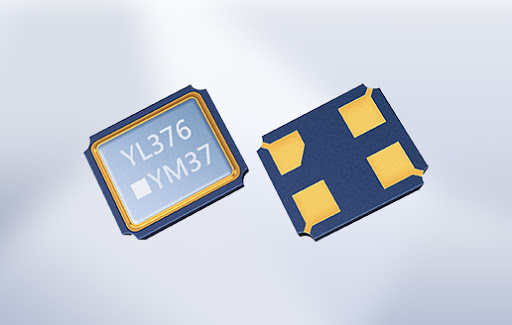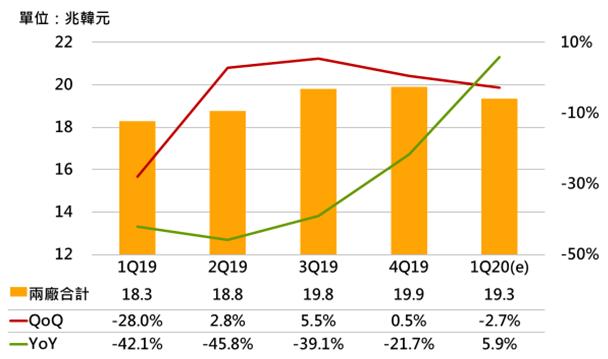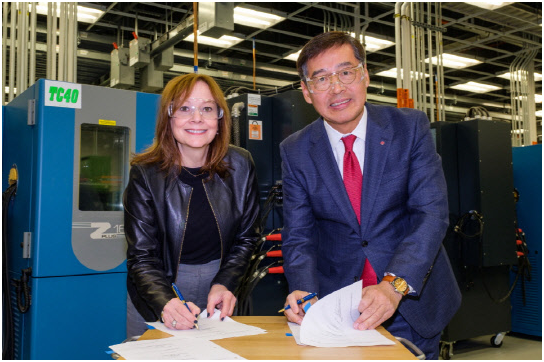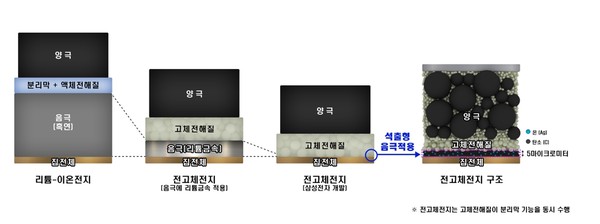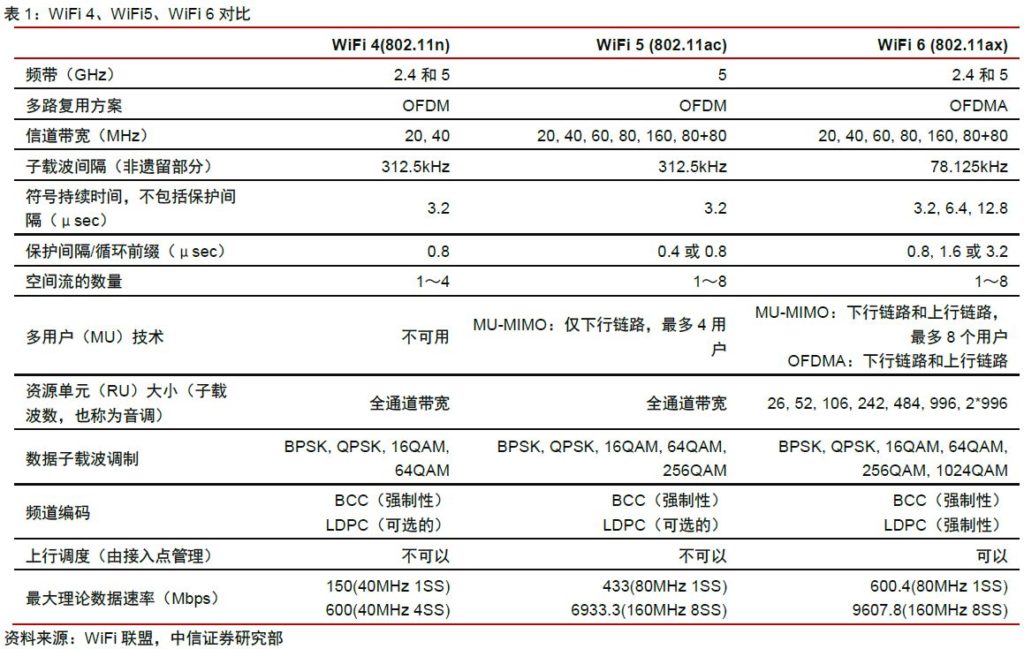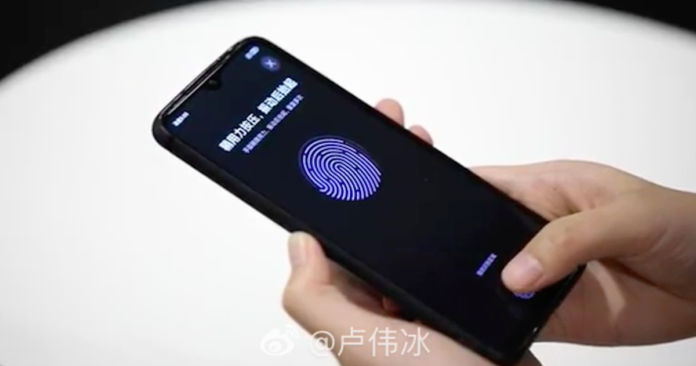
3-10: Redmi has demonstrated an LCD smartphone with an in-display fingerprint sensor; Sharp alleges that OPPO infringe several of its LTE patents related to communication technologies implemented in smartphones; etc.
Chipsets
Huawei and its chipmaking arm HiSilicon have been reportedly beefing up their R&D teams, adding that Huawei also intends to work towards self-reliance in the production of core technologies. Huawei plans to further independence in the production of core chips and they will release a new wireless and wired IC in 2Q20. (My Drivers, EE Focus, Digitimes, press)
Guangdong-based Faith Long Crystal R&D in high frequency baseband crystal oscillator has made a breakthrough in the bottleneck of yield improvement. The company has gradually planned production capacity of 600M lithography crystals (monthly production capacity: 50M units) in the next 1-2 years, yet the progress has been affected by the epidemic. As of now, the company’s capital expenditure on high-frequency crystals has exceeded CNY30M. At the same time, the company is participating in the reference design of Wi-Fi 6 chip manufacturers and solution manufacturers with small quantities, and is also participating in the reference design of 5G solutions for well-known domestic and foreign phone chip manufacturers. (Laoyaoba)
Touch Display
Wuhan-based Tianma production line has maintained its production operations during the epidemic. The key equipment of Wuhan Tianma Gen-6 AMOLED Production Line Phase II Project has been moved in. Affected by the epidemic situation, the current progress in installation and commissioning is slightly delayed. It is expected to be put into production in 3Q20. After the second phase of the project is completed and put into operation, the first and second phases of Tianma’s Gen-6 LTPS-AMOLED production line will form a total capacity of 37,500 flexible AMOLED display panels per month. (Sohu, Laoyaoba)
Apple’s patent titled “System with multiple electronic devices” patent describes a technology that allows two or more devices to act as one when brought close to each other through the use of proximity sensors. The patent envisions separate devices automatically detecting when they are placed together contiguously and then sharing a common display image across them. The technology could be used to create a single bendable device comprised of two displays in seamless communication with each other. (Apple Insider, USPTO, Mac Rumors)
Biometrics
Redmi general manager Lu Weibing has demonstrated an LCD smartphone with an in-display fingerprint sensor. He explains, the use of infrared high-transmittance film material improves the transmittance of infrared light. The infrared transmitter at the bottom of the screen emits infrared light. After the fingerprint is reflected, it penetrates the screen and shines on the fingerprint sensor to complete the fingerprint verification. (Android Authority, CN Beta)
Memory
Samsung Electronics has claimed that a fire at its semiconductor plant in Hwaseong, South Korea will not affect its chip production. The fire is completely extinguished early morning on 9 Mar 2020. (CN Beta, Korea Herald)
The output value of South Korea’s memory chip industry is expected to drop by a slight 2.7% sequentially in 1Q20, according to Digitimes Research. Samsung and SK Hynix are both cautious about capacity expansion this year by focusing only on process technology transitions and manufacturing efficiency improvement. (Digitimes, press, Digitimes)
Battery
LG Chem and General Motors (GM) plan to start mass production of next-generation NCMA (nickel, cobalt, manganese and aluminum) batteries in 2022. They intend to lower battery prices to below USD100 per kilowatt by building a Gigafactory-level NCMA plant. They are planning to use the new NCMA batteries for a new EV model that will be launched in 2022. (Laoyaoba, Business Korea)
Samsung has proposed utilizing, for the first time, a silver-carbon (Ag-C) composite layer as the anode. The team found that incorporating an Ag-C layer into a prototype pouch cell. Measuring just 5µm (micrometers) thick, the ultrathin Ag-C nanocomposite layer allowed the team to reduce anode thickness and increase energy density up to 900Wh/L. The prototype pouch cell would enable an EV to travel up to 800km on a single charge, and features a cycle life of over 1,000 charges. (My Drivers, Samsung, Korea Bizwire)
Connectivity
WiFi 6 supports both 2.4GHz and 5GHz, and has backward compatibility (compatible with WiFi 5 and previous protocols). Compared with previous generations of WiFi standards, WiFi 6 introduces MU-MIMO, OFDMA, MCS, TWT and other technologies to achieve a comprehensive performance improvement: 1) wide connection, 2) high speed, 3) low latency, 4) low power consumption. (CITIC Securities report)
Alibaba’s scientific research arm Damo Academy has announced that it has established the XG Lab to study on next-generation network communication technologies. The new lab, which currently focuses on the collaborative development of 5G technologies and applications, will hammer at the research of video codec technology and network transmission protocols for the 5G era, as well as formulating relevant standards. (My Drivers, CN Techpost, China.org)
Phone
Huawei is allegedly projecting that its annual smartphone shipments will fall around 20% in 2020, in what would be its first year-on-year decline, as a result of U.S. sanctions on its business. The rapidly spreading coronavirus, which has hurt manufacturing and retail sectors in China, could worsen that outlook. In other words, Huawei expects sales of roughly 190M smartphones in 2020, versus just over 240M in 2019. (Android Authority, The Information, Engadget)
Sharp alleges that OPPO infringe several of its LTE patents related to communication technologies implemented in smartphones. OPPO has responded: OPPO opposes unreasonably high prices, use of litigation as a tool, and other unreasonable negotiations, and does not exclude the right to defend its own interests through legal means. (CN Beta, Sharp, Telecom Paper, Market Screener)
Wingtech’s Kunming base has been put into production with an annual output of 50M smartphones, and semiconductor / chip projects have been completed in the second phase. Wingtech has not only started the R&D of 5G mobile phones, 5G tablets, 5G laptops, 5G CPE, 5G industrial gateways, 5G industrial cameras, 5G modules and various semiconductor components used in 5G products. (Laoyaoba, Hot Bak)
vivo NEX 3S 5G is announced in China – 6.89” 1080×2256 FHD+ Super AMOLED Waterfall FullView with TouchSense pressure-sensitive buttons, Qualcomm Snapdragon 865, rear tri 64MP-13MP ultrawide-13MP telephoto 2x optical zoom + front 16MP pop-up, 8+256 / 12+256GB (no SD slot), Android 10.0, under display fingerprint, 4350mAh 44W, CNY4,998 (USD619) / CNY5,298 (USD763). (My Drivers, CN Beta, Gizmo China)
vivo V19 (V17 in India) debuts in Indonesia – 6.44” 1080×2400 FHD+ Super AMOLED HiD, Qualcomm Snapdragon 675, rear quad 48MP-8MP ultrawide-2MP macro-2MP depth + front 32MP, 8+128 / 8+256GB, Android 10.0, under display fingerprint, 4500mAh 18W, IDR4,299,990 (USD300) / IDR4,999,990 (USD349). (GSM Arena, vivo, Gizmo China)
Wearables
Google, Adidas, and EA have teamed up on a smart shoe insole that connects to user’s phone and can turn user’s kicks and movement on the soccer field into rewards in “FIFA Mobile”. The insole is powered by machine-learning algorithms developed by Google’s smart fabric division, Jacquard. The product is called the Adidas GMR. (The Verge, Engadget, Hype Beast)
